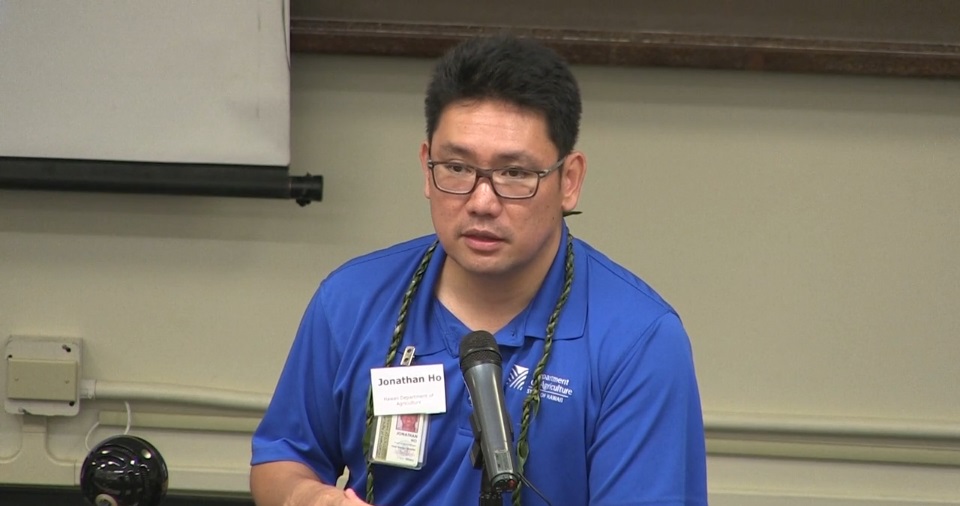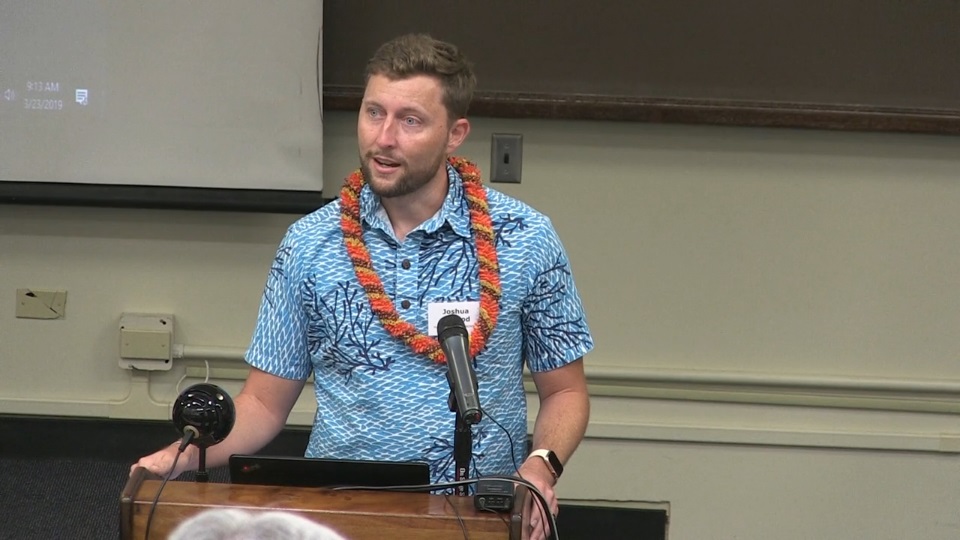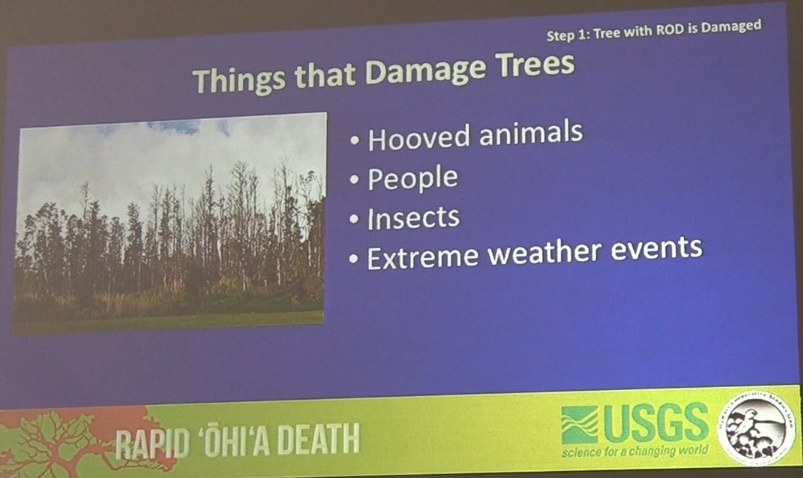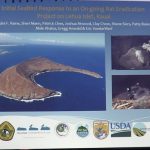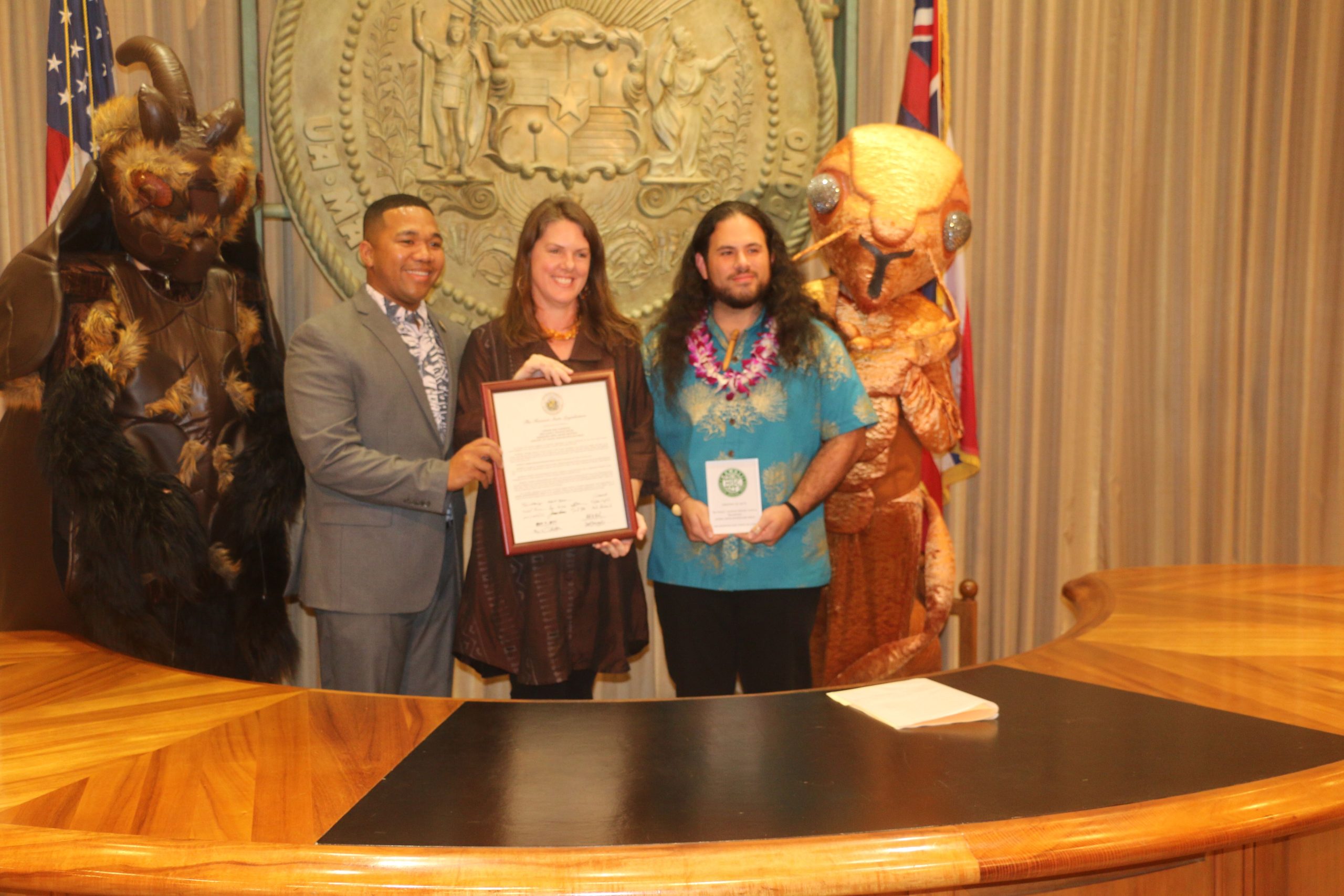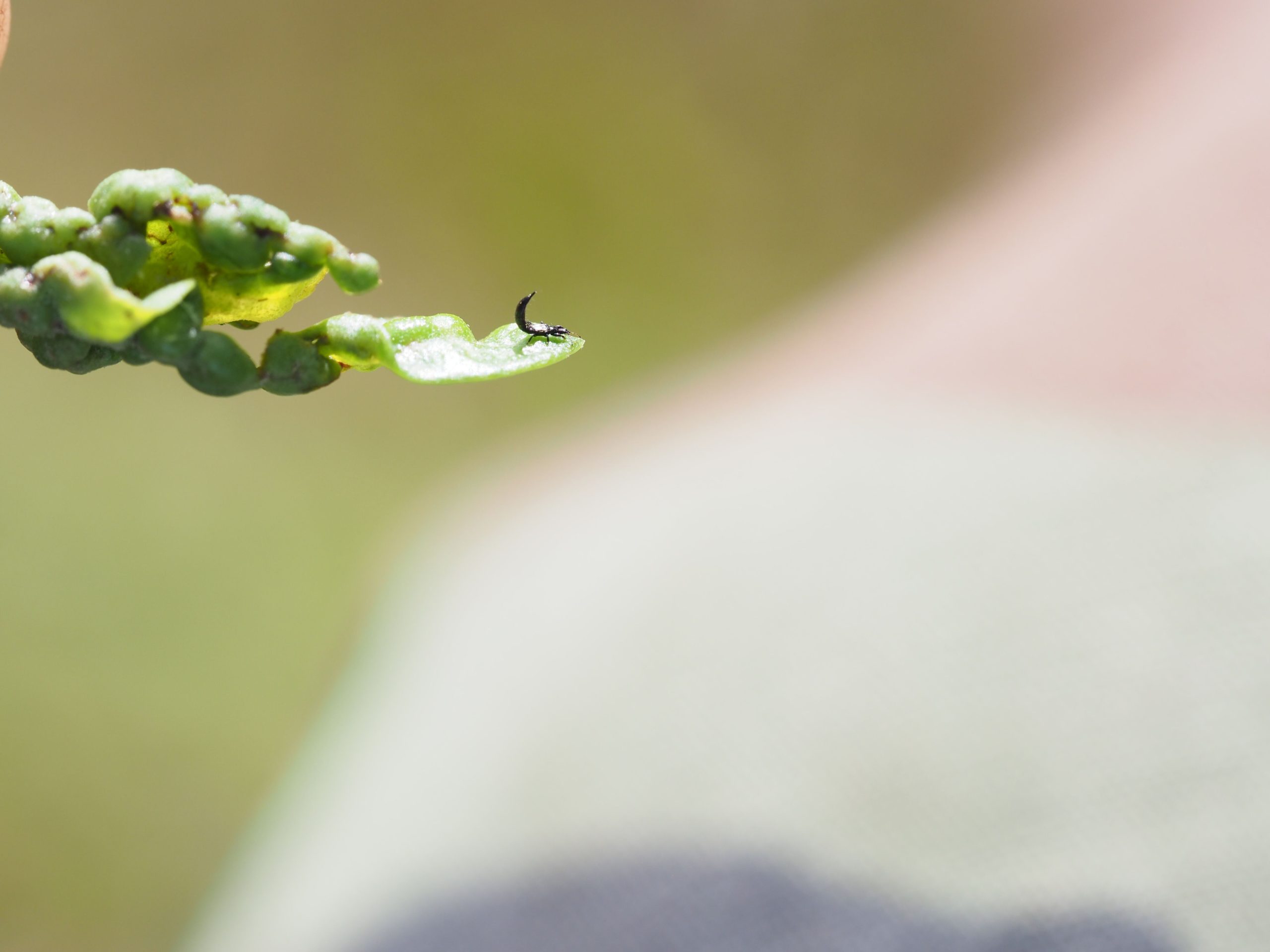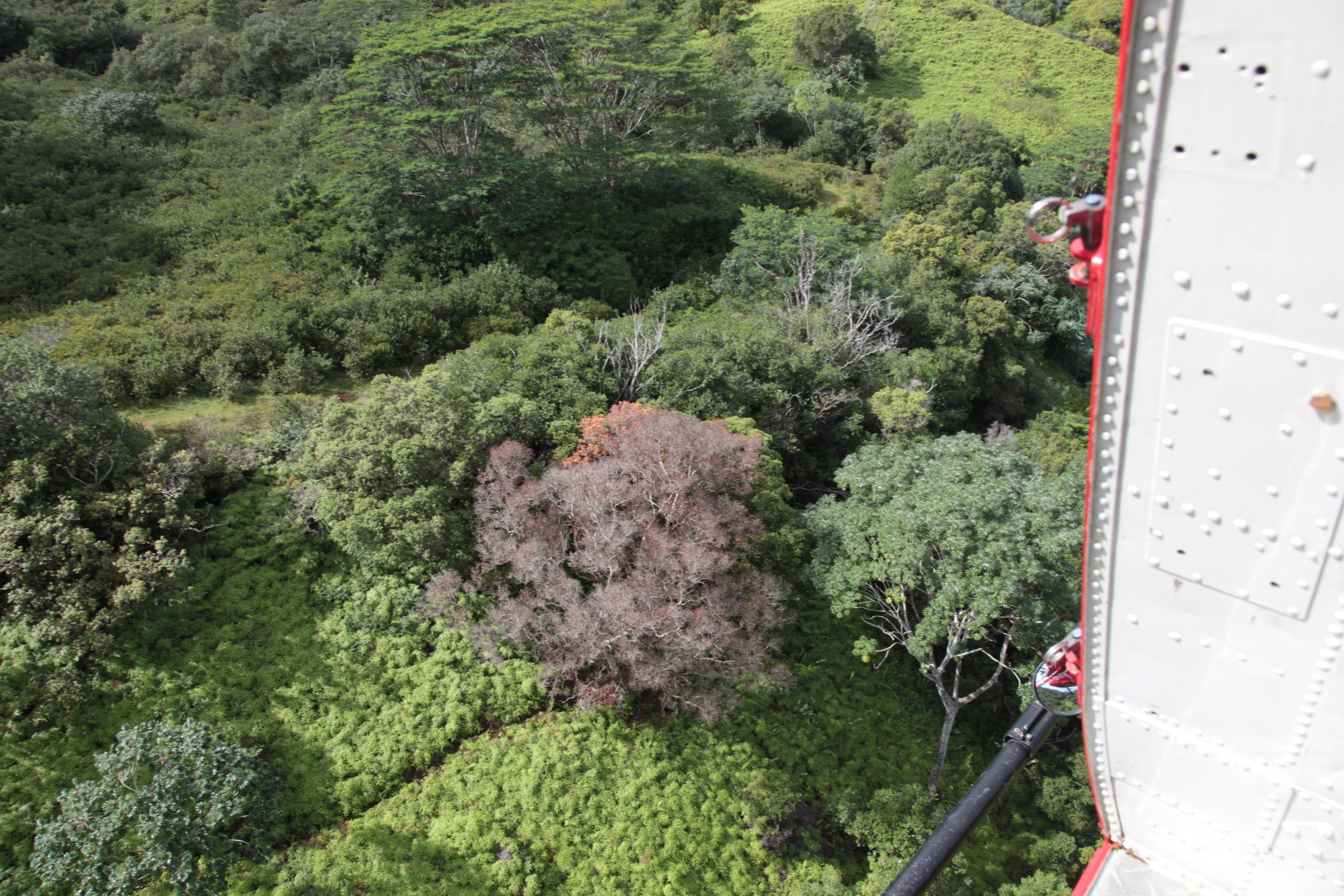“Today Jonathon Ho of the Hawai’i Dept. of Agriculture reveals the latest steps toward electronic manifesting for goods that arrive in Hawai’i by air or sea. He provides the latest updates on improvements and enhancements at state inspection facilities. This presentation is from the Invasive Species & Biosecurity in Hawai’i: New Tools and Opportunities for Public Participation, held at the William S. Richardson School of Law at the University of Hawai’i on March 23, 2019.
Invasive Species
“Today in our continuing series of video presentations on Invasive Species & Biosecurity in Hawai’I, Dr. Joshua Atwood of the Hawai’i Invasive Species Council gives updates on Hawai’i’s Interagency Biosecurity Plan: 2017-2027, A Shared Path Forward. Learn what’s being done to keep invasive species out of Hawaii and the latest efforts to control and combat them.
For the next two weeks, we will be featuring presentations from two recent community forums on invasive species and biosecurity in Hawaii. Today, Scott Glenn, the Director of the Office of Environmental Quality Control provides an introduction and opening remarks at the Invasive Species & Biosecurity in Hawai’i: New Tools and Opportunities for Public Participation, held at the William S. Richardson School of Law at the University of Hawai’i on March 23, 2019.
(Kona, Hawai‘i) – The people leading research and management of the fungal disease known as Rapid ʻŌhiʻa Death revealed their latest scientific findings and management tools to interested people at a community forum at the West Hawai‘i Civic Center on Saturday.
(Līhu‘e) - As part of the on-going response to the detection of Rapid ‘Ōhi‘a Death (ROD) on Kaua‘i, DLNR will soon begin installing two types of signs and numerous boot-brush stations around the island. In areas where ROD has killed ‘ōhi‘a, signs will be installed with a cautionary message, “Stop: ROD (Rapid ‘Ōhi‘a Death) Alert. You are entering an area where ROD has been detected.”
(Honolulu) - As an island state, Hawai‘i is uniquely impacted by the threat of invasive species. Our endemic species and distinctive ecosystems evolved over millions of years in isolation from the rest of the world’s biota, creating a delicate balance that continues to be at risk from the arrival of non-native plants, animals, and fungi.
(Lihue, Kaua‘i) – During the four-day-long annual meeting of the Pacific Seabird Group this week, ten researchers detailed the results of programs aimed at reducing the deaths of endangered and threatened native Hawaiian seabirds. They also explained how introduced predators, like cats and rats, continue to decimate seabird populations around the globe.
(Honolulu) – During a ceremony today at the Hawai‘i State Capitol, Governor David Ige proclaimed February as Hawai‘i Invasive Species Month. This long-standing recognition is intended to bring additional attention to the issue of invasive species. Simultaneously five individuals and four organizations were recognized by the Governor and legislative leaders as Hawai‘i Invasive Species Committee Most Valuable Players for 2019.
(Honolulu) – When Daniel Kapalikūokalani-Maile posted on Facebook last November that something was killing native naio trees in the Kapalama/Kalihi area, it prompted a rapid response from state and federal agencies and organizations.
(Lihue)-Detection of Ceratocystis lukuohia, the more virulent of the two fungal pathogens causing Rapid ʻŌhi‘a Death (ROD), has now been confirmed in three trees on Department of Hawaiian Home lands parcel behind Kalalea Mountain on the east side of Kaua‘i. This first detection of C. lukuohia comes after the other pathogen resulting in ROD, Ceratocystis huliohia, was detected on Kauai in three distinct locations this past year.
